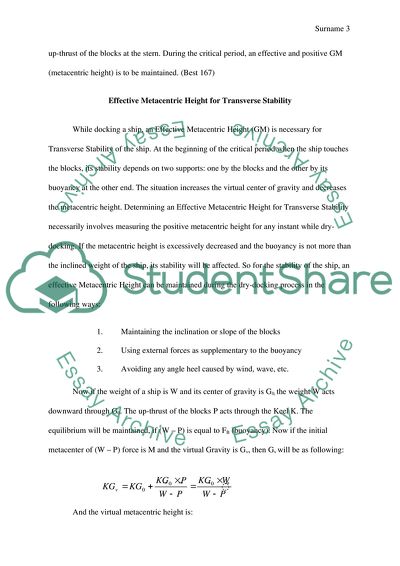Cite this document
(“The Issues of Ship's Transverse Stability while Dry-Docking Math Problem”, n.d.)
The Issues of Ship's Transverse Stability while Dry-Docking Math Problem. Retrieved from https://studentshare.org/engineering-and-construction/1721444-naval-arc
The Issues of Ship's Transverse Stability while Dry-Docking Math Problem. Retrieved from https://studentshare.org/engineering-and-construction/1721444-naval-arc
(The Issues of Ship'S Transverse Stability While Dry-Docking Math Problem)
The Issues of Ship'S Transverse Stability While Dry-Docking Math Problem. https://studentshare.org/engineering-and-construction/1721444-naval-arc.
The Issues of Ship'S Transverse Stability While Dry-Docking Math Problem. https://studentshare.org/engineering-and-construction/1721444-naval-arc.
“The Issues of Ship'S Transverse Stability While Dry-Docking Math Problem”, n.d. https://studentshare.org/engineering-and-construction/1721444-naval-arc.


